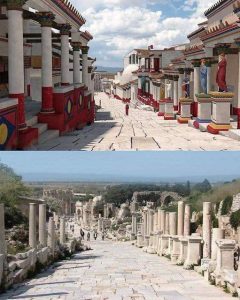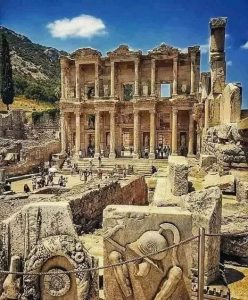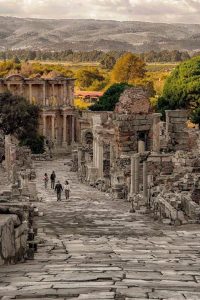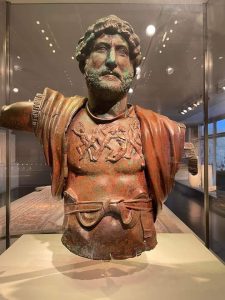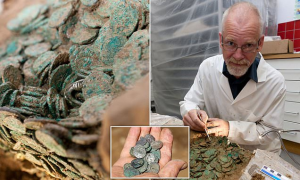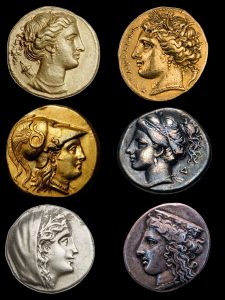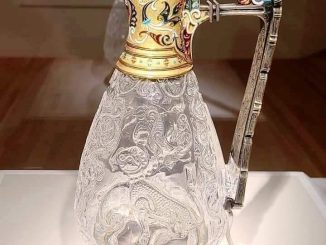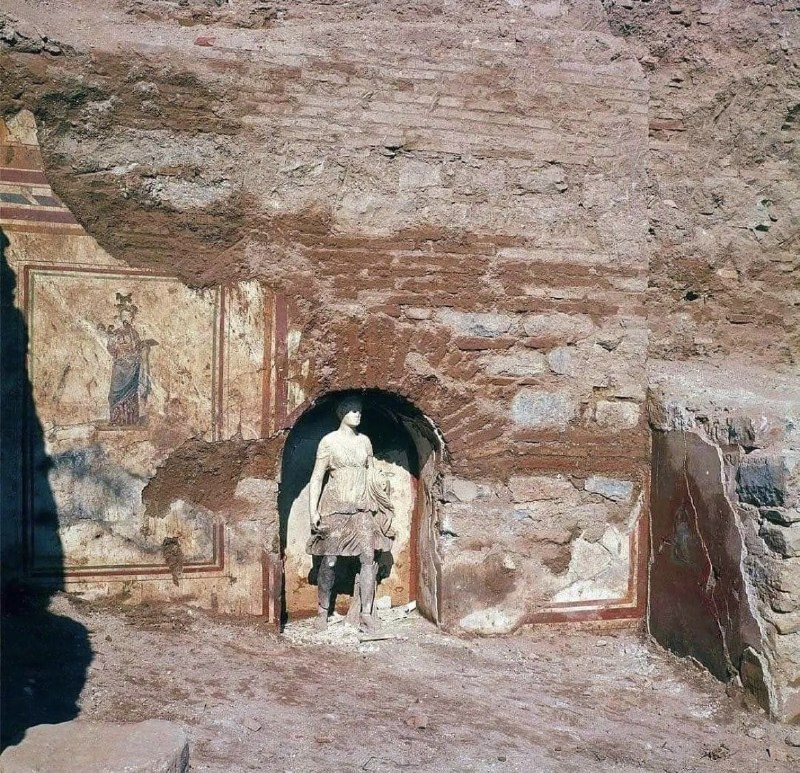
In a thrilling discovery that has captured the imagination of archaeologists and history enthusiasts alike, a magnificent marble statue of the revered goddess Artemis has been unearthed in the ancient city of Ephesus, Turkey. Dating back to the 2nd century AD, this remarkable find sheds new light on the religious practices and artistic traditions of the Roman period in Ephesus. In this blog post, we delve into the significance of this discovery and explore the fascinating world of Artemis, the Hunter.
The Magnificent Artemis Statue
The statue of Artemis discovered in the Casa con le Terrazze excavation site is a testament to the skill and artistry of ancient craftsmen. Standing at an impressive height and exquisitely carved from marble, the goddess is depicted in her iconic guise as the Hunter, with a bow in one hand and a quiver of arrows slung over her shoulder. Her serene yet powerful expression captures the essence of Artemis, the fierce protector of wildlife and patroness of the hunt.
Ephesus was renowned throughout the ancient world as a center of worship for Artemis, and the discovery of this statue further reinforces the city’s rich religious heritage. Artemis was venerated by the Greeks as the goddess of the wilderness, childbirth, and virginity, and her cult in Ephesus was one of the most prominent in the region. Pilgrims from far and wide would flock to the Temple of Artemis, one of the Seven Wonders of the Ancient World, to pay homage to the goddess and seek her blessings.
The excavation of the Artemis statue in Ephesus represents a triumph of modern archaeology, offering valuable insights into the religious practices and artistic achievements of the ancient world. Through meticulous excavation and analysis, archaeologists can piece together the story of Artemis worship in Ephesus and gain a deeper understanding of the cultural and religious dynamics of the Roman period. This discovery also highlights the ongoing importance of Ephesus as a site of archaeological exploration and preservation.
Preserving the Past: The Role of Archaeology
The discovery of the Artemis statue underscores the importance of archaeological research in uncovering and preserving our shared cultural heritage. Archaeologists play a crucial role in excavating, documenting, and interpreting ancient artifacts, allowing us to connect with the past and learn from our ancestors. Through their efforts, we can gain a deeper appreciation for the rich tapestry of human history and ensure that treasures like the Artemis statue continue to inspire and educate future generations.
Conclusion: A Window Into the Past
In conclusion, the discovery of the Artemis statue in Ephesus is a testament to the enduring legacy of ancient civilizations and the enduring power of archaeological discovery. As we marvel at the beauty and craftsmanship of this remarkable artifact, we are reminded of the timeless allure of the goddess Artemis and the profound impact of religious belief in shaping human history. Through continued exploration and research, archaeologists will continue to unlock the mysteries of the past and shed new light on the civilizations that came before us.
